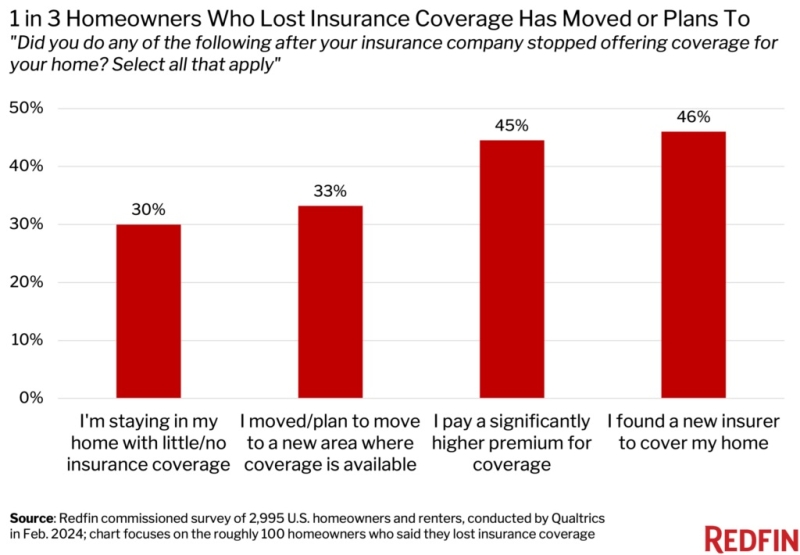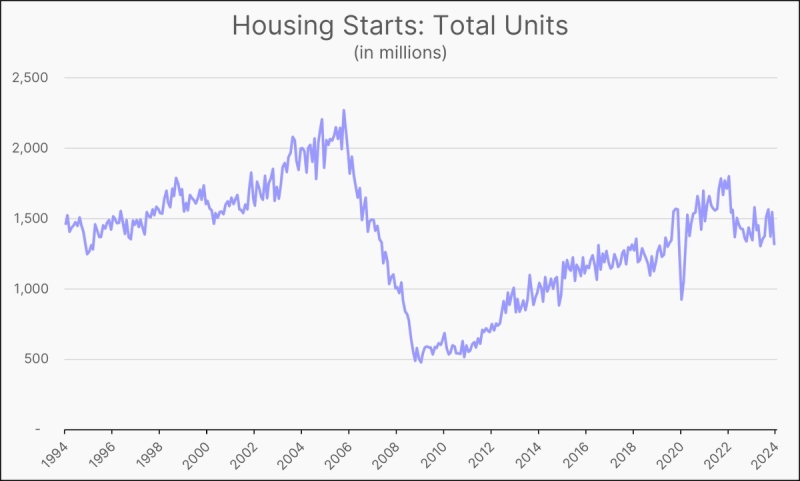
CFPB: TRID Rule Resulted In Added Cost For Mortgage Companies

The Consumer Financial Protection Bureau's assessment of the TRID Integrated Disclosure Rule issued a number of key findings, including the fact that the rule resulted in sizable implementation costs for mortgage companies.
The assessment, which was conducted in accordance with Section 1022(d) of the Dodd-Frank Act, also found that firms reported increases in their ongoing costs. The CFPB noted that it is unsure whether these increases were attributed to ongoing trends or the TRID rule.
"The TRID Rule appears to have created sizable implementation costs for lenders and closing companies," according to CFPB director Kathleen L. Kraninger. "Based on the industry surveys, a typical cost for a lender to implement the TRID Rule was $146 per mortgage originated in 2015, or roughly 2.0 percent of the average cost of originating a mortgage. Similarly, a typical cost for a closing company to implement the TRID Rule was $39 per closing in 2015 or about ten percent of the average cost of closing."
"The TRID Rule appears to have decreased mortgage originations and increased closing times, but these measures returned to pre-TRID Rule levels in a relatively short period of time," added Kraninger.
According to the assessment, there were no potential effects on the range of market outcomes like interest rates or origination volumes. The TRID rule also provided a mixture of benefits and difficulties for consumers, however, it leaned mostly towards the positive side.
"The evidence available for the assessment indicates that the TRID Rule improved consumers’ ability to locate key information, compare terms and costs between initial disclosures and final disclosures, and compare terms and costs across mortgage offers," according to the CFPB.
The CFPB also accompanied its assessment with a data point release. The data point featured research that examined data for about 50,000 mortgages. However, they may not be representative of all mortgages, according to the CFPB.
"The research found that almost 90 percent of mortgage loans involved at least one revision, 62 percent received at least one revised Loan Estimate, and 49 percent received at least one corrected Closing Disclosure," according to the Data Point.
"Additionally, the report found that the prevalence of changes in loan terms between the first Loan Estimate and the last Closing Disclosure varied greatly across loan terms: APR changes occurred in more than 40 percent of mortgages; loan amount and the loan to value ratio changed for almost 25 percent of mortgages and interest rate changed for eight percent of mortgages."
Click here to read the full assessment.




